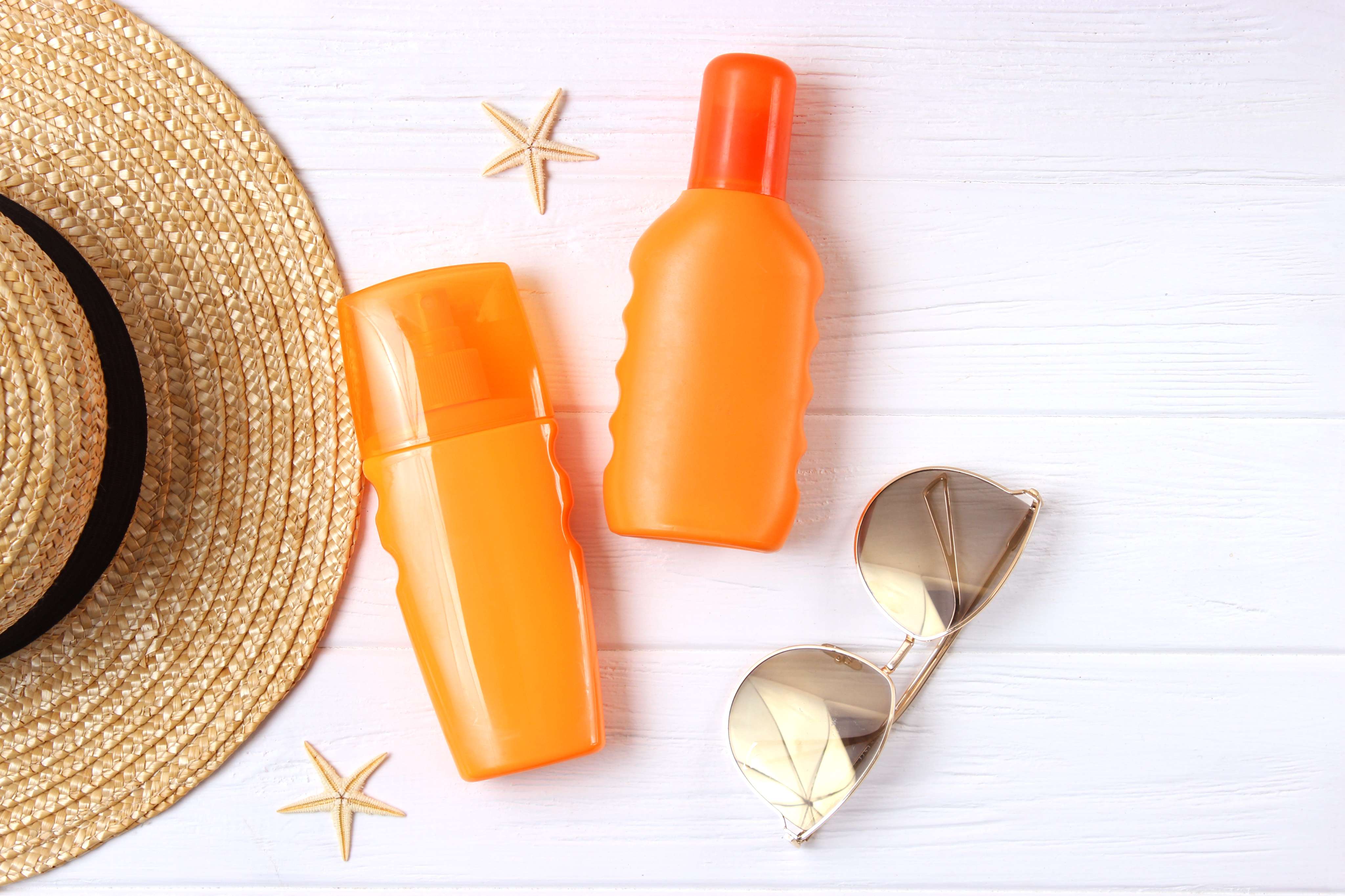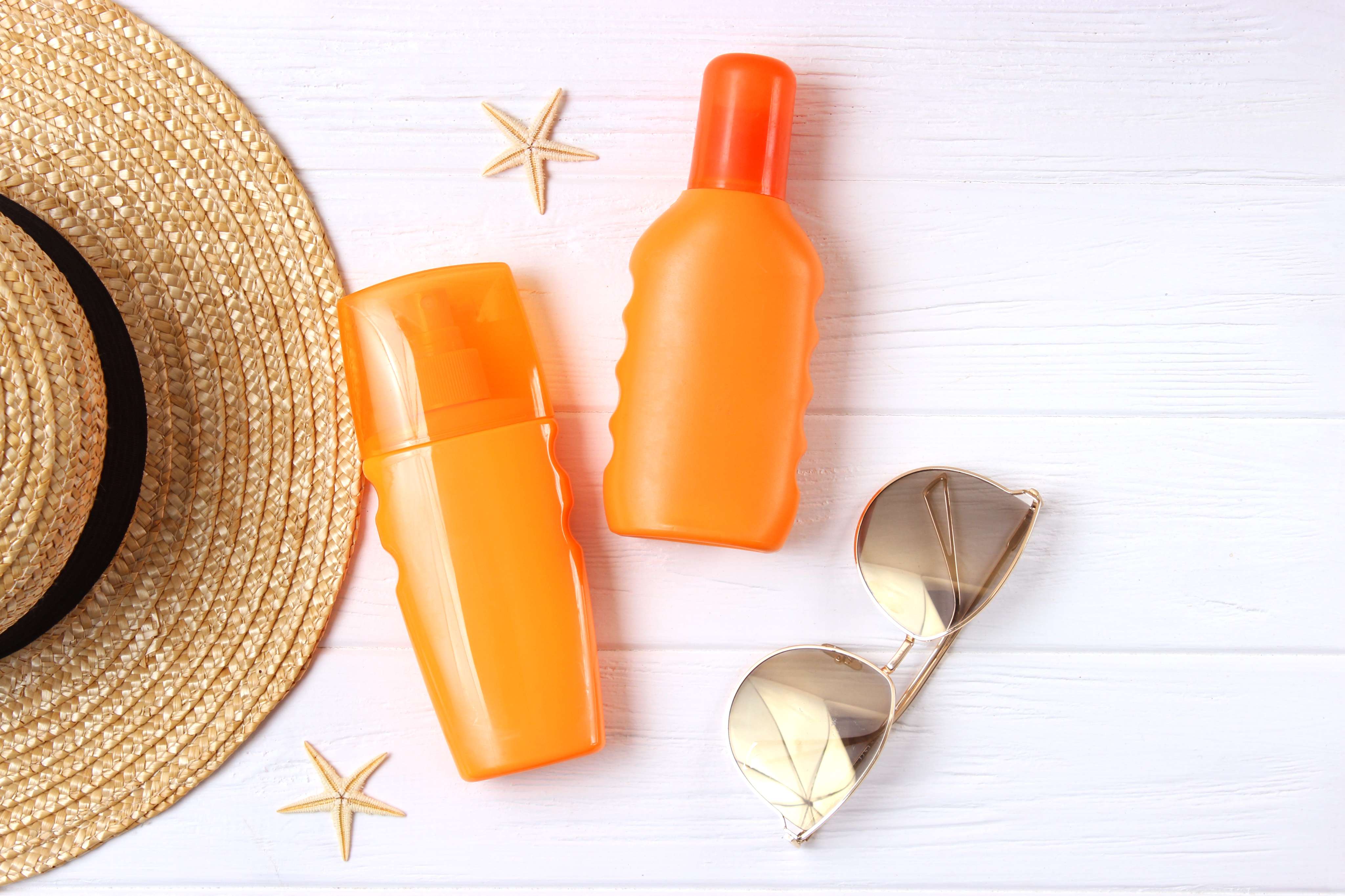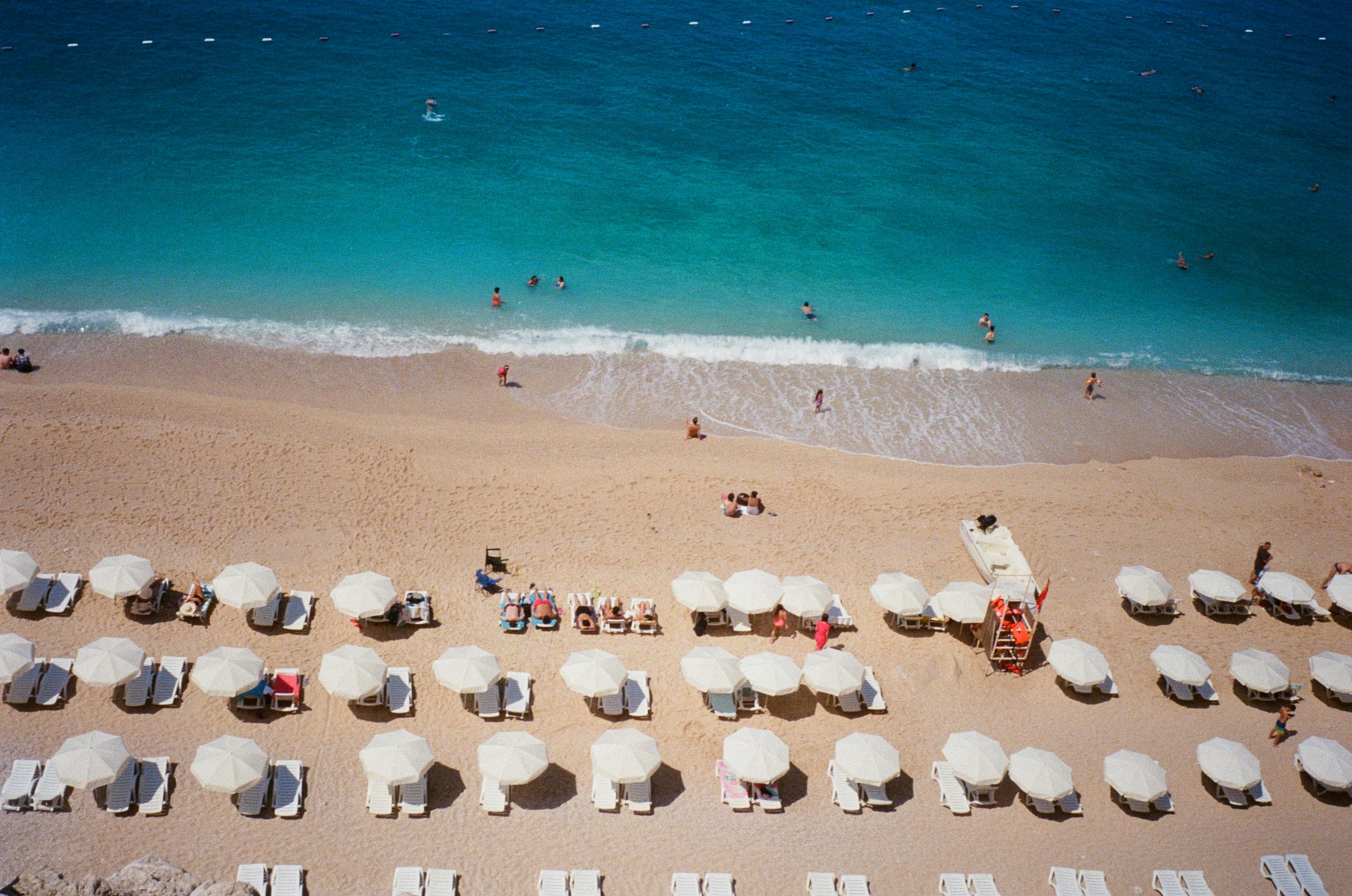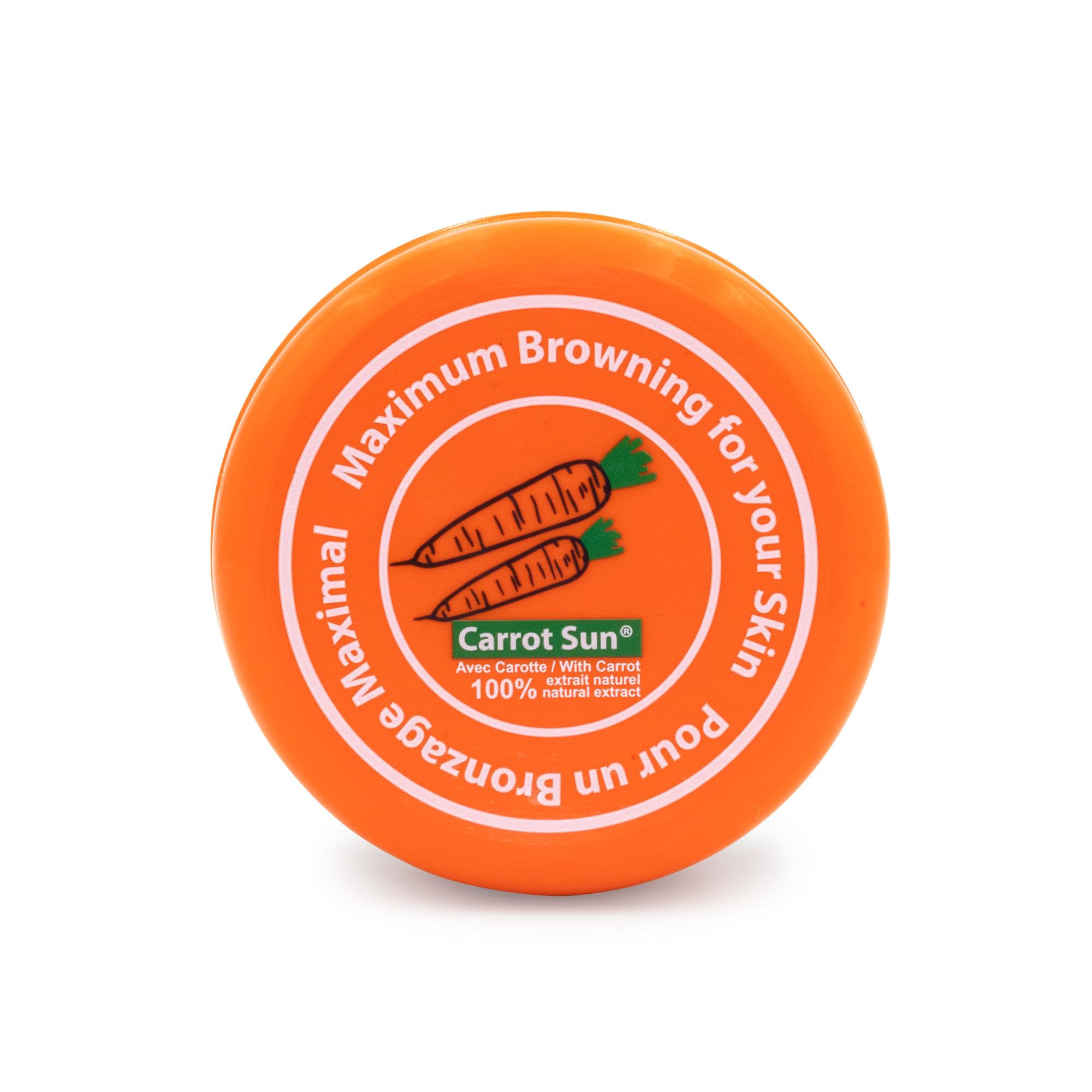Outdoor Skin Protection Tips Every Skincare Lover Should Know

Strong 8k brings an ultra-HD IPTV experience to your living room and your pocket.
Outdoor Skin Protection Tips Every Skincare Lover Should Know: Guide to Radiant, Healthy Skin
As skincare enthusiasts, we invest countless hours perfecting our indoor routines with serums, moisturizers, and treatments. However, all that careful work can be undone in minutes without proper outdoor protection. Whether you're hiking mountain trails, lounging by the pool, or simply commuting to work, your skin faces constant threats from environmental aggressors that can accelerate aging, cause hyperpigmentation, and compromise your skin's health.
The truth is, outdoor skin protection goes far beyond slathering on sunscreen before heading to the beach. It's a comprehensive approach that involves understanding UV exposure, environmental pollutants, weather conditions, and how different activities affect your skin's needs. Professional dermatologists estimate that up to 90% of visible aging comes from environmental damage, making outdoor protection arguably the most crucial aspect of any skincare routine.
This comprehensive guide will transform how you think about outdoor skin protection, providing you with expert-backed strategies that will keep your skin healthy, radiant, and youthful regardless of your outdoor adventures.
Understanding the Hidden Threats to Your Skin
Before diving into protection strategies, it's essential to understand what you're protecting your skin from. Many people assume that cloudy days or brief outdoor exposure pose minimal risk, but the reality is far more complex.
UV Radiation comes in multiple forms, each affecting your skin differently. UVA rays penetrate deep into the skin, causing premature aging, wrinkles, and age spots. These rays remain constant throughout the day and can penetrate glass, meaning you're exposed even while driving or sitting near windows. UVB rays are responsible for sunburns and play a key role in developing skin cancer. They're strongest between 10 AM and 4 PM but can still cause damage outside these hours.
Environmental Pollutants create another layer of concern for outdoor skin protection. Particulate matter, ozone, and other airborne contaminants can penetrate the skin's barrier, leading to inflammation, accelerated aging, and a dull complexion. Urban environments present particularly high levels of pollution that can overwhelm your skin's natural defense mechanisms.
Weather Extremes pose unique challenges that many skincare lovers overlook. Wind can strip away your skin's natural tanning oils, leading to dehydration and irritation. Cold temperatures reduce blood flow and can cause micro-tears in the skin barrier. High humidity can increase bacterial growth and clog pores, while dry conditions can lead to flaking and sensitivity.
Reflected UV Rays multiply your exposure significantly. Sand reflects up to 25% of UV rays, snow can reflect up to 90%, and water reflects about 10%. This means you're receiving UV exposure from multiple angles, making standard protection measures insufficient for many outdoor activities.
The Foundation: Choosing and Applying Sunscreen Like a Pro
Sunscreen forms the cornerstone of outdoor skin protection, but the difference between mediocre and exceptional protection lies in the details. Understanding these nuances can mean the difference between healthy, protected skin and premature aging or damage.
Understanding SPF and Broad-Spectrum Protection goes beyond simply choosing the highest number on the shelf. SPF 30 blocks about 97% of UVB rays, while SPF 50 blocks about 98%. The key is consistent, proper application rather than relying solely on high SPF numbers. Broad-spectrum protection ensures you're covered against both UVA and UVB rays, which is non-negotiable for comprehensive protection.
Application Technique makes or breaks your protection strategy. Most people apply only 25-50% of the recommended amount, drastically reducing their actual protection. You need approximately one ounce (about a shot glass full) to cover your entire body properly. Apply sunscreen 15-30 minutes before sun exposure to allow proper absorption, and don't forget often-missed areas like the tops of your feet, behind your ears, and along your hairline.
Reapplication Strategy requires more thought than the standard "every two hours" advice. Reapply immediately after swimming, sweating heavily, or toweling off, regardless of time elapsed. For extended outdoor activities, consider setting phone reminders every 90 minutes to ensure consistent protection. Water-resistant formulas provide some protection during swimming but still require reapplication after water exposure.
Choosing the Right Formula depends on your skin type and planned activities. Chemical sunscreens work well for daily wear and blend seamlessly under makeup, while mineral sunscreens provide immediate protection and work better for sensitive skin. For outdoor sports, look for sweat-resistant formulas that won't sting your eyes or slide off during intense activities.
Layered Protection: Building Your Outdoor Defense System
Relying solely on sunscreen is like building a house with only walls and no roof. Effective outdoor skin protection requires multiple layers of defense working together to create comprehensive coverage.
Physical Barriers provide the most reliable protection against UV rays and environmental aggressors. Wide-brimmed hats with at least a 4-inch brim protect your face, neck, and ears from direct and reflected UV rays. Look for hats with UPF (Ultraviolet Protection Factor) ratings for added assurance. Sunglasses with 100% UV protection safeguard the delicate skin around your eyes, where signs of aging often appear first.
Clothing as Protection offers consistent coverage that doesn't require reapplication. Dark colors and tightly woven fabrics provide better protection than light colors and loose weaves. UPF-rated clothing has been specifically tested for sun protection and provides reliable coverage. Long-sleeved shirts and pants offer obvious protection, but even lightweight, breathable fabrics can provide significant UV defense.
Seeking Shade Strategically means understanding that not all shade is created equal. Tree shade provides about 50% protection, while solid structures offer nearly complete protection. During peak UV hours (10 AM to 4 PM), seek shade whenever possible, but remember that reflected UV rays can still reach you, so maintaining other protection methods remains important.
Timing Your Activities can dramatically reduce your UV exposure. Early morning and late afternoon activities expose you to significantly less harmful radiation than midday adventures. If you must be outdoors during peak hours, take frequent breaks in shaded areas and ensure your protection measures are at their strongest.
Activity-Specific Protection Strategies
Different outdoor activities present unique challenges that require tailored protection approaches. Understanding these specific needs helps you prepare appropriately and maintain healthy skin regardless of your adventures.
Beach and Pool Activities present maximum UV exposure due to reflected rays from sand and water. Apply sunscreen liberally before changing into swimwear to ensure complete coverage. Reapply every 40-80 minutes depending on your sunscreen's water resistance rating. Consider UV-protective swimwear for extended water activities, and don't forget lip balm with SPF, as lips are particularly vulnerable to burning.
Hiking and Mountain Activities require protection against increased UV exposure at higher altitudes. UV radiation increases by 4-5% for every 1,000 feet of elevation gain. Pack extra sunscreen for longer hikes, and consider protective clothing that can be adjusted as temperatures change throughout the day. Don't forget that snow and ice dramatically increase UV reflection, making winter mountain activities particularly challenging for skin protection.
Urban Outdoor Activities might seem less risky, but city environments present unique challenges. Pollution can increase skin sensitivity to UV rays, while glass buildings can reflect additional UV radiation. Consider antioxidant-rich skincare products to combat pollution damage, and maintain sun protection even for brief outdoor exposure like walking between buildings.
Sports and Exercise require sweat-resistant formulas and frequent reapplication. Apply sunscreen 30 minutes before beginning exercise to ensure proper absorption. Choose non-comedogenic formulas that won't clog pores during intense activity. Consider wearing protective athletic clothing designed for sun protection, and always reapply sunscreen during longer activities.
Advanced Protection: Skincare Ingredients That Boost Your Defense
Modern skincare offers ingredients that can enhance your skin's natural protection mechanisms and repair damage from environmental exposure. Incorporating these elements into your routine creates a more robust defense system.
Antioxidants serve as your skin's internal bodyguards, neutralizing free radicals created by UV exposure and pollution. Vitamin C serum applied under sunscreen can boost your protection and help prevent photodamage. Vitamin E works synergistically with vitamin C to enhance antioxidant effectiveness. Green tea extract provides anti-inflammatory benefits and can help calm skin irritated by environmental exposure.
Peptides and Growth Factors help repair and strengthen your skin's barrier function, making it more resilient against environmental damage. These ingredients work best when applied at night, allowing your skin to repair itself while you sleep. Regular use can improve your skin's ability to withstand environmental stressors.
Hydrating Ingredients like hyaluronic acid and ceramides help maintain your skin's moisture barrier, which is crucial for protection against environmental aggressors. Well-hydrated skin is more resilient and better able to repair itself from daily damage. Apply hydrating products before sunscreen to create a protective base layer.
Niacinamide offers multiple benefits for outdoor skin protection. It helps regulate oil production, reduces inflammation, and can improve your skin's barrier function. This versatile ingredient works well for all skin types and can be used both morning and evening.
Seasonal Considerations for Year-Round Protection
Your outdoor skin protection strategy should evolve with the seasons, as different weather conditions present unique challenges and opportunities for skin damage.
Summer Protection requires your most robust defense strategies. UV rays are at their strongest, and outdoor activities increase significantly. Focus on high-SPF, broad-spectrum sunscreens with water resistance. Consider lightweight, breathable protective clothing that doesn't compromise comfort in hot weather. Don't forget that air conditioning can dehydrate your skin, so maintain your moisturizing routine even when spending time indoors.
Winter Challenges are often underestimated by skincare enthusiasts. Snow reflection can create intense UV exposure, while cold, dry air strips moisture from your skin. Use heavier moisturizers to combat dryness, but don't skip sunscreen on cloudy winter days. UV rays penetrate clouds and can cause significant damage, especially when reflected off snow.
Spring and Fall Transitions require flexibility in your protection routine. UV rays can be deceivingly strong during these seasons, while variable weather conditions demand adaptable protection strategies. Layer your protection methods so you can adjust based on changing conditions throughout the day.
Vacation and Travel Considerations often disrupt established routines. Research your destination's UV index, altitude, and typical weather conditions before traveling. Pack extra sunscreen and protective clothing, remembering that different climates may require different protection strategies. Don't forget that airplane travel itself can be dehydrating and expose you to increased UV radiation at high altitudes.
Post-Exposure Care: Repairing and Restoring Your Skin
Even with perfect protection, your skin will accumulate some environmental damage over time. Implementing effective post-exposure care helps repair this damage and maintains your skin's health and appearance.
Immediate Post-Exposure Care should begin as soon as you come indoors. Cleanse your skin gently to remove sunscreen, pollution, and environmental debris. Use lukewarm water and a gentle cleanser to avoid further irritation. Apply a hydrating, soothing moisturizer while your skin is still damp to lock in moisture and begin the repair process.
Evening Recovery Routines provide your skin with the tools it needs to repair daily damage. Consider using products with retinoids, which can help repair sun damage and stimulate cellular turnover. Alpha hydroxy acids can help remove damaged surface cells and promote healthy skin renewal. Always follow these active ingredients with a rich moisturizer to support your skin's barrier function.
Weekly Intensive Treatments can help address accumulated damage and boost your skin's resilience. Hydrating masks provide intensive moisture support, while antioxidant treatments can help neutralize free radical damage. Gentle exfoliation once or twice weekly helps remove damaged surface cells and allows your other skincare products to penetrate more effectively.
Professional Treatments may be necessary for significant sun damage or when your at-home routine isn't sufficient. Chemical peels, microdermabrasion, and laser treatments can address deeper damage, but these should always be performed by qualified professionals. Regular dermatological check-ups help monitor your skin's health and catch potential problems early.
Creating Your Personal Outdoor Protection Plan
Developing a personalized outdoor protection strategy ensures you're prepared for various situations and activities. This plan should be flexible enough to adapt to different circumstances while maintaining consistent protection standards.
Assess Your Lifestyle and Risk Factors by considering your typical outdoor activities, geographic location, and skin type. People who spend significant time outdoors for work or recreation need more robust protection than those with minimal outdoor exposure. Fair-skinned individuals require more intensive protection than those with darker skin tones, though everyone benefits from comprehensive protection.
Build Your Protection Kit with products and items suited to your specific needs. This should include broad-spectrum sunscreen appropriate for your skin type, protective clothing for your common activities, and accessories like hats and sunglasses. Keep travel-sized versions in your car, bag, and office for unexpected outdoor exposure.
Establish Routine Habits that make protection automatic rather than something you have to remember. Apply sunscreen every morning regardless of your plans, keep protective accessories easily accessible, and set reminders for reapplication during longer outdoor activities. Consistency is key to long-term skin health.
Regular Evaluation and Adjustment ensures your protection strategy remains effective. Monitor your skin for changes, assess whether your current routine is working, and adjust based on seasonal changes or lifestyle modifications. What works in winter may need modification for summer activities.
Conclusion: Your Journey to Lifelong Skin Health
Outdoor skin protection is not just about preventing sunburn or avoiding a few wrinkles. It's about preserving your skin's health, maintaining its function, and ensuring it continues to look and feel its best throughout your life. The strategies outlined in this guide provide a comprehensive approach that goes far beyond basic sunscreen application.
Remember that protecting your skin outdoors is an investment in your future self. The habits you establish today will determine how your skin looks and feels decades from now. By understanding the threats your skin faces, implementing layered protection strategies, and maintaining consistent care routines, you're setting yourself up for a lifetime of healthy, radiant skin.
The key to successful outdoor skin protection lies in making it a natural part of your routine rather than an afterthought. Start with the basics, build your knowledge and habits gradually, and don't be afraid to adjust your approach based on your experiences and changing needs.
Your skin is your body's largest organ and your first line of defense against the environment. By treating it with the respect and care it deserves, you're not only preserving your appearance but also supporting your overall health and well-being. Take the first step today by evaluating your current protection routine and implementing one new strategy from this guide. Your future self will thank you for the investment in your skin's health and beauty.
Note: IndiBlogHub features both user-submitted and editorial content. We do not verify third-party contributions. Read our Disclaimer and Privacy Policyfor details.





